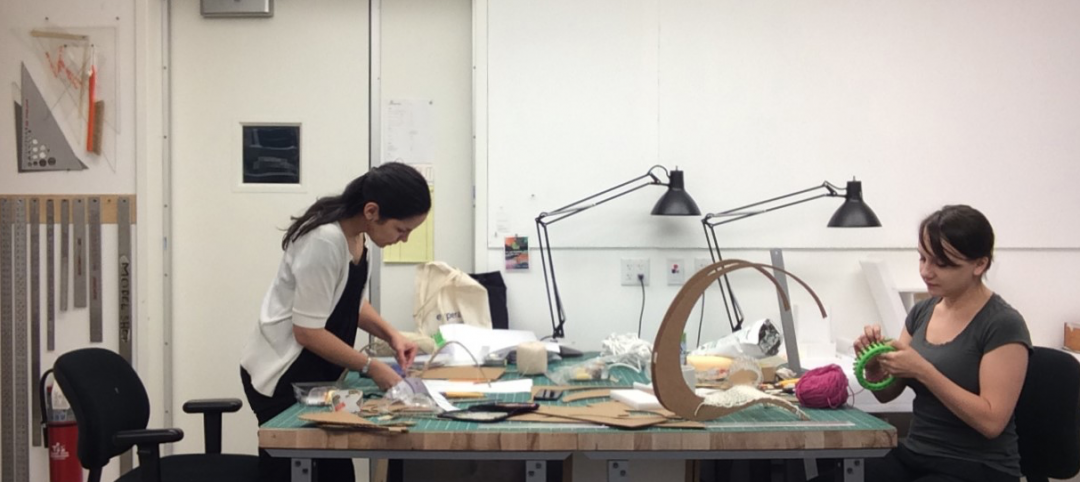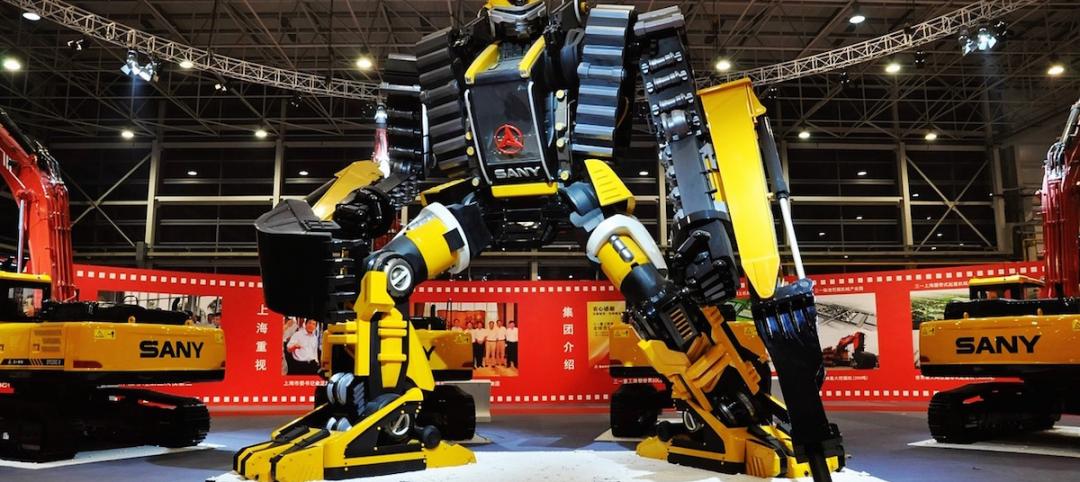As illustrated by Airbnb, Lyft, and Uber, the budding sharing economy has the power to upend time-honored business models in dramatic fashion, using nothing more than the Web to link supply with demand. In doing so, these startups have spawned a booming market for freelancers and independent service providers.
By shifting the work (and revenue) to freelancers, these so-called “platform capitalism” startups have taken considerable market share from traditional businesses. They’ve also, in some cases, impacted the talent pool, as a growing percentage of the workforce chooses a freelance lifestyle over joining corporate America. Could the same scenario happen to AEC firms?
Absolutely, says Marcus Morrell, Senior Analyst with Arup’s Foresight + Research + Innovation team. In a recent blog post (http://bit.ly/1LBF5ce), Morrell points to evidence that suggests it is already occurring in the professional services industry. The startup Upwork specializes in linking companies with freelance accountants, consultants, lawyers, and, yes, even architects and engineers. Add up all the work that flowed through Upwork last year—more than three million jobs worth some $1 billion in fees—and the tech firm would be considered among the world giants in professional services.
Every one of Eden McCallum’s 500 senior-level management consultants works on a freelance basis, and Arup itself depends on a significant number of independent contractors—8% of Arup’s 4,620 U.K.-based staff are freelancers, up from 5% in 2011, says Morrell.
By 2020, freelancers are expected to make up half of the U.S. workforce, up from roughly 33% today, according to Forbes. And, increasingly, college students view freelance as an attractive, gainful career path. Morrell cited a study (http://bit.ly/219zQwW) where 87% of students said they considered freelance “highly attractive.”
“Firms that stick doggedly to traditional models could find themselves losing market share, as they are repeatedly undercut on price,” wrote Morrell. They also could lose out on top talent—not just to the competition, but to the freelance market.
AEC firms must embrace this trend, using freelancers where it makes most sense, while at the same time strengthening benefits, training, opportunities, and job security to help recruit and retain the best and brightest.
More from Author
David Barista | Aug 15, 2019
3 ‘Giant’ AEC market trends for 2019-2020
We’re starting to see a shift toward custom research, thanks in part to the influx of data, data tools, and analytics expertise in the AEC market.
David Barista | Jul 31, 2019
Amenities war no more? Research report explores multifamily market
Multifamily developers show no signs of pulling back on specialty spaces and unique offerings in an effort to attract high-quality tenants, according to new research from Multifamily Design+Construction.
David Barista | Dec 30, 2016
An open letter to the AEC C-suite
Women AEC professionals need you to take action.
David Barista | Sep 6, 2016
Innovation intervention: How AEC firms are driving growth through R&D programs
AEC firms are taking a page from the tech industry, by infusing a deep commitment to innovation and disruption into their cultural DNA.
David Barista | Jun 27, 2016
If ‘only the paranoid survive,’ what does it take to thrive?
“Sooner or later, something fundamental in your business world will change.” The late Andrew Grove (1936-2016), Co-founder of tech giant Intel Corp., lived by these words.
David Barista | May 31, 2016
As commercial buildings get ‘smarter,’ concerns rise over cybercrime
As buildings become increasingly connected, opportunistic hackers have countless avenues into a building’s network.
David Barista | May 9, 2016
Is the nation’s grand tech boom really an innovation funk?
Despite popular belief, the country is not in a great age of technological and digital innovation, at least when compared to the last great innovation era (1870-1970).
David Barista | Mar 31, 2016
Deep Learning + AI: How machines are becoming master problem solvers
Besides revolutionary changes to the world’s workforce, artificial intelligence could have a profound impact on the built environment and the AEC industry.
David Barista | Jan 26, 2016
How the Fourth Industrial Revolution will alter the globe’s workforce
The next great technological metamorphosis will be unlike anything humankind has experienced before, due to the sheer size, speed, and scope of disruption.
David Barista | Jan 5, 2016
Potential vs. credential: How men and women differ in career progress
Recent research suggests that women face yet another career impediment: the confidence gap.
















